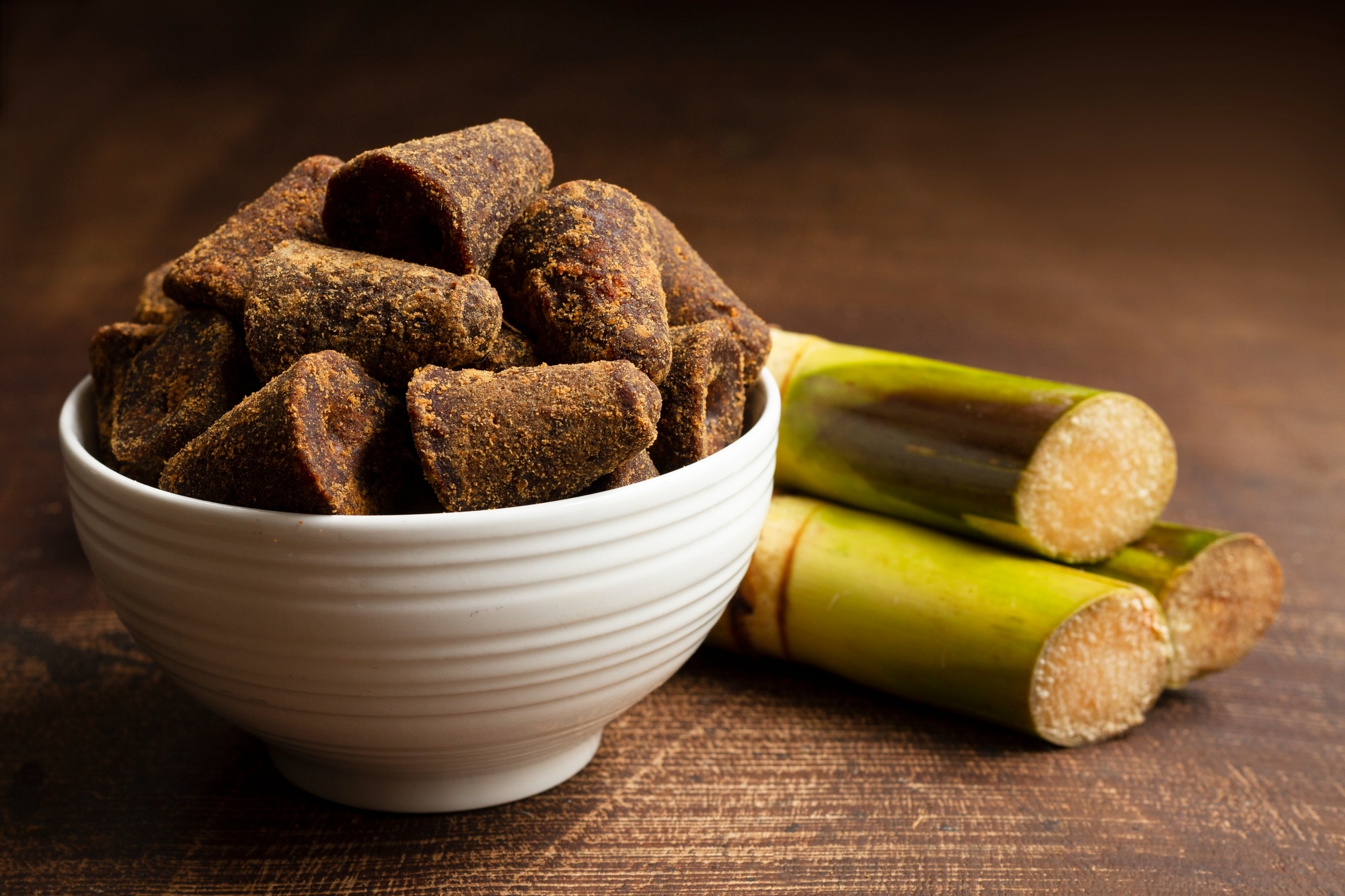For my mother, food is undeniably a love language. Friends and relatives know better than to come to our house with full bellies. And they return with cherished memories of her culinary delights! Among her most 'sought-after' treats is chaat papdi, which has become customary to serve at almost every gathering here. From preparation to assembly, I've realised that there are many factors that play a role in ensuring an irresistible end result. Sure, you can always order some lip-smacking chaat papdi from your favourite food delivery app (we won't judge!). But if you're also planning to make chaat papdi at home, here are a few suggestions that you should keep in mind:
Also Read: Ultimate Guide To Hosting: 7 Common Errors To Avoid While Serving Food To Guests
Here Are 5 Easy Tips For Making Perfect Chaat Papdi At Home:
1. Sweeten and chill the dahi beforehand

Chaat papdi Cooking Tips: Dahi puri is a wonderful medley of flavours and textures. Photo Credit: iStock
The wonderful part about chaat papdi is the many layers of flavours and sensations it comes with: the crunch of the sev and puris, the cool smoothness of the dahi (curds), the tanginess and heat lent by the chutneys...everything comes together for a memorable experience. Here's what you must remember while preparing the dahi: add powdered sugar (along with a little salt) to the dahi while churning it. Slightly sweet dahi provides a contrast to the spice of green chutney. Cold dahi gives a delightful edge to the dish. Add ice cubes and churn them well until you get a smooth, runny dahi. If you're not using ice, opt for pre-chilled dahi from the refrigerator and use milk to make it thinner while churning. (Recommended: 2-3 tbsp milk for half kg dahi, depending on the type used).
2. Get your chutneys right
Typically, two chutneys are used while making chaat papdi - a spicy green chutney along with a sweet and tangy chutney. The former is made using mint leaves while the latter has a tamarind/ date and jaggery base. Ensure that you make the chutneys well in advance and get their consistency right. Remember, you don't need a thick paste, but a more runny, sauce-like chutney for chaat papdi. If it's too coarse, you will have problems properly adding it to the puris later.
Mint leaves and chillies are usually the key ingredients of the green chutney. You can also add coriander leaves for a more complex flavour as well as improved volume (Recommended: 1/4 cup coriander leaves for every 1 cup of mint leaves). Consider adding a few ice cubes as well, as they can lend freshness and maintain the colour of the chutney.
3. Keep your basic filling bland

Chaat papdi may have a potato or moong filling or mixed. Photo Credit: iStock
Mashed boiled potato is one of the most common fillings for chaat papdi - which is why it is also sometimes called "dahi batata puri." One can even use soaked boondi with potato or cooked moong (also followed by many street vendors and food stalls). Whatever you choose, avoid mixing it with many spice masalas before assembly. Just add some salt and keep it ready. Doing so helps you in two ways: 1) You can build layers of spice and flavour on top of the chutneys and other ingredients. 2) You can customise the dish according to your guests' preferences (if any). For instance, some people like their chaat papdi on the sweeter side. It is easier to control the use of red chilli powder and other masalas later on.
4. Assemble the dish quickly
Once all your elements are ready, start crushing the top portion of the puris and arranging them on plates. Once you have a few filled plates, begin adding the ingredients in the required order. You can follow this sequence: stuffing, masalas, dahi, chutneys, boondi, sev, coriander garnish and final sprinkling of masala. It is essential to be quick because as soon as the dahi is inside the puri, it will start getting soggy.
5. Use small spoons for adding different elements
If you've ever visited a busy chaat stall, you may have noticed the haste with which they prepare the dishes. As a result, chutneys, dahi and other ingredients often spill out of the puris. Everyone knows that chaat is not supposed to be neat - but in this case, the hurried assembly leads to puris that turn soggy more quickly. If you're making chaat papdi for guests at home, there will probably be more time between assembly and serving. Furthermore, you might also want to aim for a more attractive presentation. A tip my mother especially swears by is using small teaspoons for adding the dahi and chutneys. Bigger spoons tend to be sloppier and may also end up crushing the puris completely. But small spoons allow you to carefully put the dish together and come up with a picture-perfect plate of dahi puri.
Want a reference recipe for chaat papdi? Watch the recipe video here.
Or, if making chaat papdi at home is too time-consuming at the moment, don't waste another minute! Order it quickly from your favourite food delivery app, and enjoy its flavours at home.
Also Read: Make Street-Style Vada Pav At Home: Keep These 5 Simple Tips In Mind
Disclosure: This article may contain links to third-party websites or resources. However, this does not affect the integrity of the content, and all recommendations and views are based on our independent research and judgment.
About Toshita SahniToshita is fuelled by wordplay, wanderlust, wonderment and Alliteration. When she is not blissfully contemplating her next meal, she enjoys reading novels and roaming around the city.










